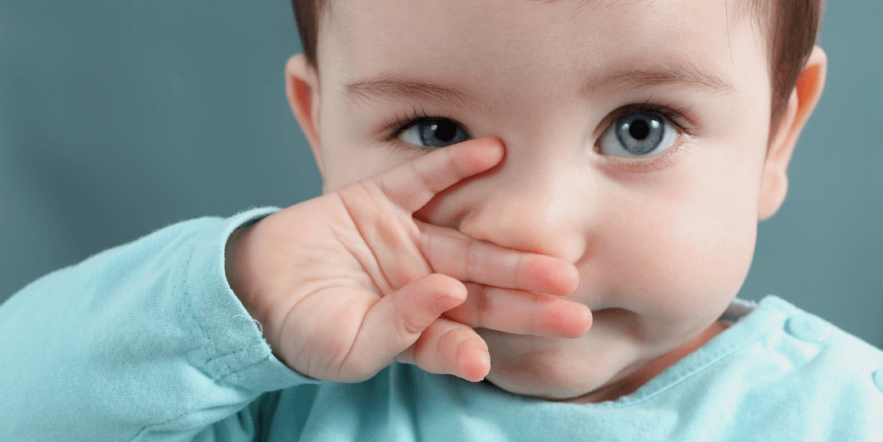Most infants born with Prenatal Opioid Exposure (POE) look and seem completely unaffected – even those that go through withdrawal. This creates a risk of healthcare providers and parents overlooking the growing body of science demonstrating long term problems for the children.
A new meta-analysis (a study of studies) shows that brain development and motor skills in children exposed to opioids in pregnancy lag behind other children significantly. The report was published in JAMA, July 12, 2019, Examining Cognitive, Motor Development of Children Exposed Prenatally to Opioids. It’s significant because of the large number of research studies it reviewed with thousands of patients in total.
This study concludes that children born after Prenatal Opioid Exposure have IQ scores averaging 5.7 to 7.8 points lower than their peers. Severe intellectual disability is very rare in the general population but is 3x more likely among those with POE. These differences are apparent by age 6 months and have been shown in studies of children 18 years old. Motor skills are equally compromised.
One in 5 fetuses (20%!) are exposed to opioids on average in high-income countries, the report notes, and of those 75-90% are born with Neonatal Abstinence Syndrome (NAS) — meaning the newborn goes through withdrawal. I kept returning to that shockingly high number of fetuses exposed to opioids, so I looked into other research. A review covering the time period of 2001 – 2007 revealed 21% of pregnant women covered by Medicaid filled a prescription for opioids. In the United States, one infant is born every 15 minutes with withdrawal symptoms after being exposed to opioids before birth, according to a 2018 study.
Hopefully, doctors are prescribing opioids much less commonly now given what is known about the risk of addiction, dependency and that fact that opioids cross the placenta and breastmilk barriers. But add those women who are addicted (we do have an opioid use disorder crisis) to those who are under a doctor’s care getting a prescription and the number towers.
Poorer neurodevelopmental outcomes potentially lead to a cascade of societal effects. Such children are more likely to struggle in school and drop out, (statistically) leading to lower income lifelong and more likely use of recreational drugs and juvenile delinquency.
There are many limitations to this study. It was a meta-analysis (a study of studies) of 26 studies conducted independently of each other. There were varying amounts of people studied for differing amounts of time. There are many different opioids and each potentially could have a unique outcome. And there was no accounting for parenting skills, social support and so forth.
Given the sheer amount of infants being born with POE, we need to be greatly concerned that a generation of children will not be able to reach their potential and will need significant, expensive social supports.
Another recent study published in JAMA just a few weeks earlier was reported by MedPage Opioids in Pregnancy Threaten Baby both birthweight and conduct disorders.
Science News reported on another study, Babies born in opioid withdrawal have unusually small heads December 2018
NPR posted a story on some of the social supports that moms and babies need after POE.
For Babies Of The Opioid Crisis, Best Care May Be Mom’s Recovery







